Researchers have paired a deep learning model with experimental data to “decode” mouse neural activity.
Tag: Neuron
Sets of neurons work in sync to track ‘time’ and ‘place,’ giving humans context for past, present and future
Two studies led by UCLA researchers offer new insights into the way neurons in the human brain represent time and space – the most basic ingredients of consciousness of human existence and the primary dimensions of experience that allow us to reconstruct the past and envision the future.
Hormone alters electric fish’s signal-canceling trick
New research shows that the hormone testosterone — which naturally triggers male electric fish to elongate the electric pulses they send out during the breeding season — also alters a system in the fish’s brain that enables the fish to ignore its own electric signals.
Good smells, bad smells: It’s all in the insect brain
Everyone has scents that naturally appeal to them, such as vanilla or coffee, and scents that don’t appeal. What makes some smells appealing and others not? Researchers studied the behavior of the locusts and how the neurons in their brains responded to appealing and unappealing odors to learn more about how the brain encodes for preferences and how it learns.
Multimodal Sequencing Achieves High-Quality Results from Small Volumes of Frozen Tumor Specimens
Columbia researchers invent a multimodal sequencing technique that achieves high-quality results from small volumes of frozen tumor specimens–the ability to study cancer tissues archived in biobanks should increase the number and variety of tumor samples available for scientific analysis and advance the discovery of biomarkers and drug targets.
Tufts University Researchers Discover New Function Performed by Nearly Half of Brain Cells
Researchers at Tufts University School of Medicine have discovered a previously unknown function performed by a type of cell that comprises nearly half of all cells in the brain.
The scientists say this discovery in mice of a new function by cells known as astrocytes opens a whole new direction for neuroscience research that might one day lead to treatments for many disorders ranging from epilepsy to Alzheimer’s to traumatic brain injury.
Lithium imaging method could shine new light on bipolar disorder, treatment
Researchers reporting in ACS Central Science developed a method for imaging lithium in living cells, allowing them to discover that neurons from bipolar disorder patients accumulate higher levels of lithium than healthy controls.
Teaching Robots to Think Like Us
In Applied Physics Letters, researchers outline how a robot could be taught to navigate through a maze by electrically stimulating a culture of brain nerve cells connected to the machine. These nerve cells were grown from living cells and acted as the physical reservoir for the computer to construct coherent signals. These findings suggest goal-directed behavior can be generated without any additional learning by sending disturbance signals to an embodied system.
Neurons in visual cortex of the brain ‘drift’ over time
New research from Washington University in St. Louis reveals that neurons in the visual cortex — the part of the brain that processes visual stimuli — change their responses to the same stimulus over time.
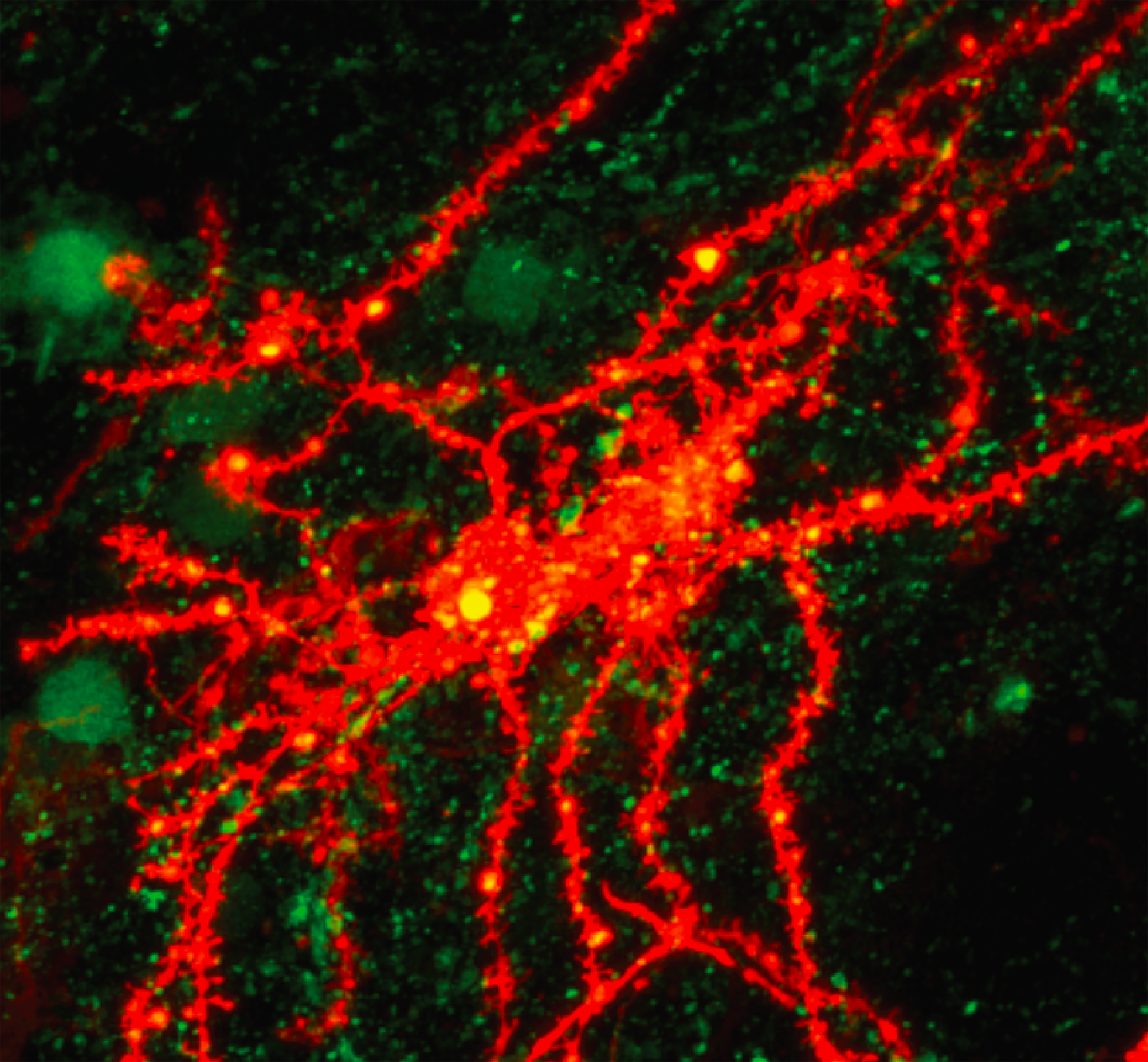
Old Habit-Controlling Neurons May Also Help the Brain Learn New Tricks
In a study of rodents, scientists at the Icahn School of Medicine at Mount Sinai discovered that a part of the brain traditionally thought to control typing the old habits may also play a critical role in learning the new actions. The results, published on August 25th in Nature Communications, suggest that this process involves a delicate balance in the activity of two neighboring neural circuits: one dedicated to new actions and the other to old habits
Electric fish — and humans — pause before communicating key points
Research from Washington University in St. Louis reveals an underlying mechanism for how pauses allow neurons in the midbrain to recover from stimulation.

Virginia Tech researchers uncover mechanisms that wire the brain’s cerebral cortex
A research team at the Fralin Biomedical Research Institute at VTC has identified the type of brain cell that produces a protein that is crucial for the formation of inhibitory circuits in the brain. This insight could one day help scientists establish the basis for developing new drugs that mature or repair cellular networks.
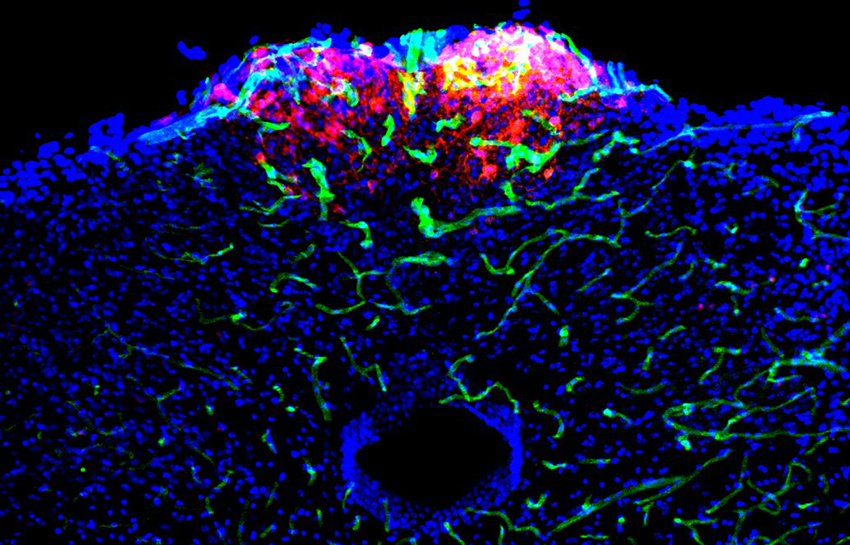
Sensing Sickness
Researchers have identified neurons that regulate nausea-like responses in mice. When these neurons are experimentally turned on, nausea-like responses can be activated regardless of exposure to nausea-triggering substances. Without these neurons, nausea-like responses to poisons are lost.
Potential New Therapies for Alzheimer’s Disease are Revealed through Network Modeling of Its Complex Molecular Interactions
Researchers from Mount Sinai and the National Center for Geriatrics and Gerontology in Japan have identified new molecular mechanisms driving late-onset Alzheimer’s Disease.

Recycling Happens In Brain Cells Too, Not Just With Paper And Plastic
We use recycled products every day. Money, for example, goes on a circular journey from our hands to banks and back again. Once paper money is too worn to be used, banks send it to be destroyed. A similar microscopic waste system is present in our brains, in which nervous system cells called neurons trade chemical messengers and remove the carriers they travel in when they become defective.
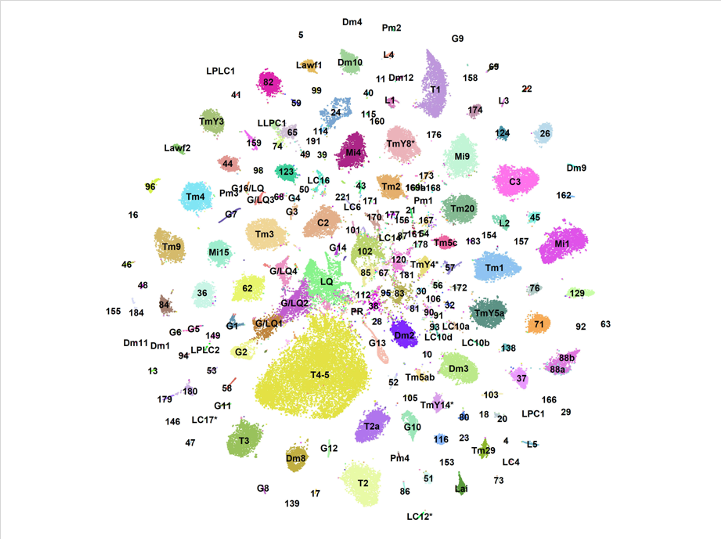
Biologists Create “Atlas” of Gene Expression in Neurons, Documenting the Diversity of Brain Cells
New York University researchers have created a “developmental atlas” of gene expression in neurons, using gene sequencing and machine learning to categorize more than 250,000 neurons in the brains of fruit flies. Their study, published in Nature, finds that neurons exhibit the most molecular diversity during development and reveals a previously unknown type of neurons only present before flies hatch.

Hengen awarded $1.8M to study sleep’s contribution to brain function
Sleep is vitally important for brain function and survival. Yet sleep remains one of the most poorly understood features of life. Keith Hengen, assistant professor of biology in Arts & Sciences at Washington University in St. Louis, received a three-year $1.8 million grant from the National Institutes of Health (NIH) to study the role of sleep and waking behavior in shaping the brain’s neural dynamics.
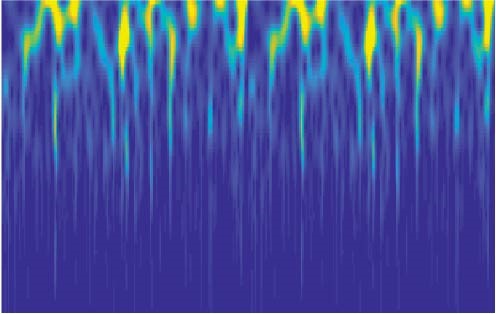
How our brains create breathing rhythm is unique to every breath
Breathing propels everything we do—so its rhythm must be carefully organized by our brain cells, right?
Wrong. Every breath we take arises from a disorderly group of neurons – each like a soloist belting out its song before uniting as a chorus to harmonize on a brand-new melody. Or, in this case, a fresh breath.
Study: Neuron Found in Mice Could Have Implications for Effective Diet Drugs
A cell found in mice may be able to stop feeding in humans without subsequential nauseating effects as well as influence the long term intake of food.
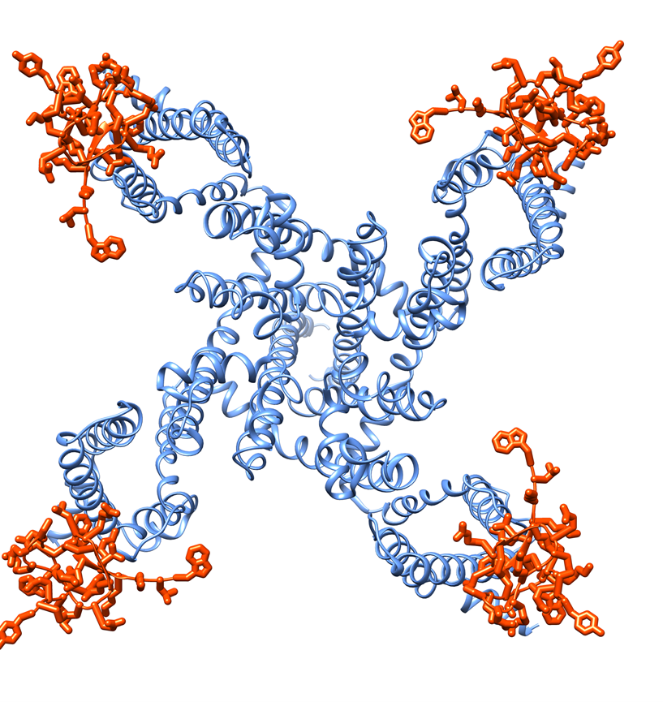
Designing a new class of drugs to treat chronic pain
A UC Davis research team, led by Vladimir Yarov-Yarovoy and Heike Wulff, will receive a $1.5 million grant from the National Institutes of Health (NIH) to develop a novel class of peptides that are better at treating pain and don’t have the side effects of opioids. The grant is part of the NIH initiative Helping to End Addiction Long-Term (HEAL Initiative).